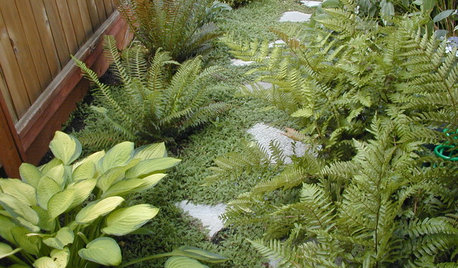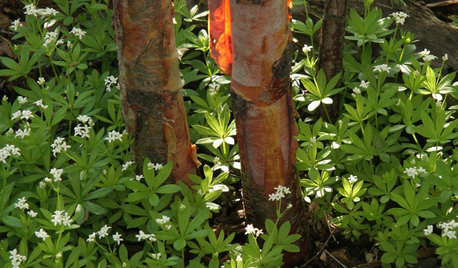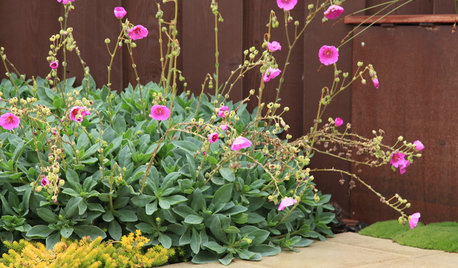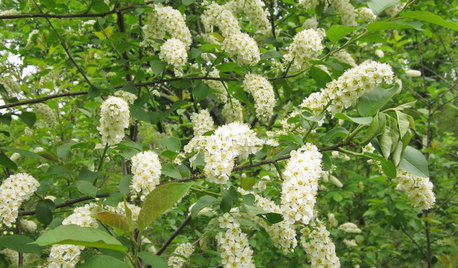Looking for invasive ground cover
strix
19 years ago
Related Stories

GARDENING GUIDESGreat Design Plant: Bugle Weed, a Quick Ground Cover
It’s highly adaptable, suppresses weeds, reduces erosion and provide weeks of bright flowers. Just watch for invasiveness
Full Story
GARDENING GUIDESDo You Have This Invasive Plant in Your Yard?
Garlic mustard is spreading across the U.S. Here’s how to spot it and what to do
Full Story
GROUND COVERSGround Force: 10 Top Ground Covers for Your Garden
Protect your soil from weeds and drought this summer with a living mulch of ground covers
Full Story
LANDSCAPE DESIGN6 Great Ways With Garden Ground Covers
Use them as problem solvers, weed killers, color and texture providers ... ground cover plants have both practical and visual appeal
Full Story
GARDENING GUIDES6 Deer-Resistant Ground Covers to Plant This Fall
Learn about some of the only low, spreading plants that are reliably deer-resistant
Full Story
GARDENING GUIDES6 Native Ground Covers for Tough, Dry Spots
Sun beating down on your sandy gravel? Thick shade darkening your clay soil? There’s a ground cover here for you
Full Story
GROUND COVERS10 Succulents That Make Pretty, Easy-Care Ground Covers
These low-growing succulents create interest in the drought-tolerant garden
Full Story
GARDENING GUIDES6 Dependable Ground Covers for Warm Climates
Swap some lawn for these drought-tolerant clumping plants — and watch your maintenance efforts diminish while they easily grow
Full Story
GARDENING GUIDES5 Weed-Smothering Ground Covers
Let these landscape plants do the dirty work of choking out weeds while you sit back and enjoy the view
Full Story
TREESNative Plant Alternatives to Invasive Common Buckthorn
Learn how to identify and control this aggressive plant, and what to grow in its place
Full Story





luv2gro
jancarkner
Related Professionals
Maple Valley Landscape Architects & Landscape Designers · Brentwood Landscape Architects & Landscape Designers · Sahuarita Landscape Architects & Landscape Designers · Wilmington Landscape Contractors · Beachwood Landscape Contractors · Braintree Landscape Contractors · Eagle Landscape Contractors · East Hanover Landscape Contractors · Red Oak Landscape Contractors · Soddy Daisy Landscape Contractors · Arlington Handyman · Apple Valley Swimming Pool Builders · Eastvale Swimming Pool Builders · Fallbrook Swimming Pool Builders · Visalia Swimming Pool Buildersluv2gro
strixOriginal Author
sheryl_ontario
don_brown
gordonf
jroot
don_brown
cantstopgardening
glen3a
Woody_Canada
leftwood
leo_prairie_view
liza070831
wagner
epona1
strixOriginal Author
zone0bgardener
NHBabs z4b-5a NH
Fledgeling_
balsam
jancarkner
Fledgeling_
janetr
iwoqax